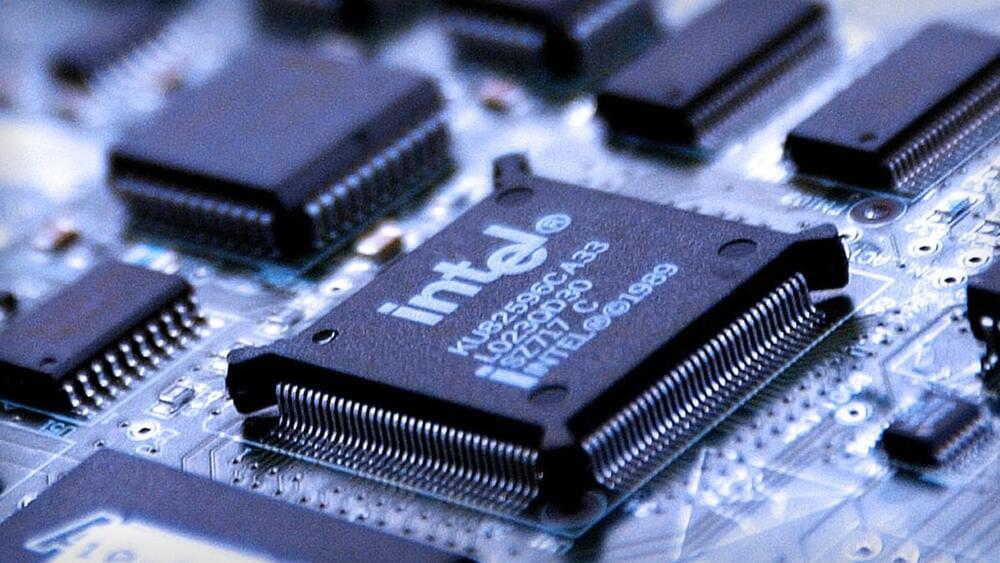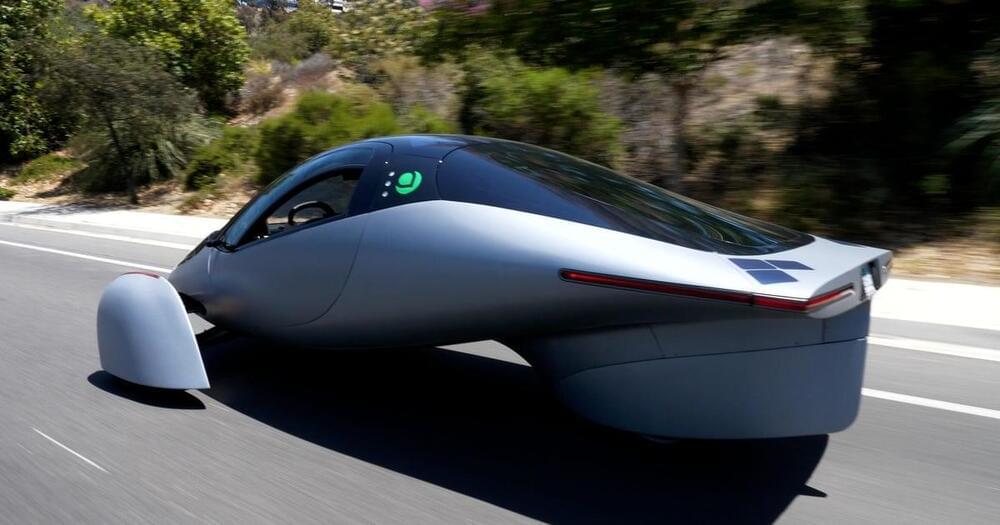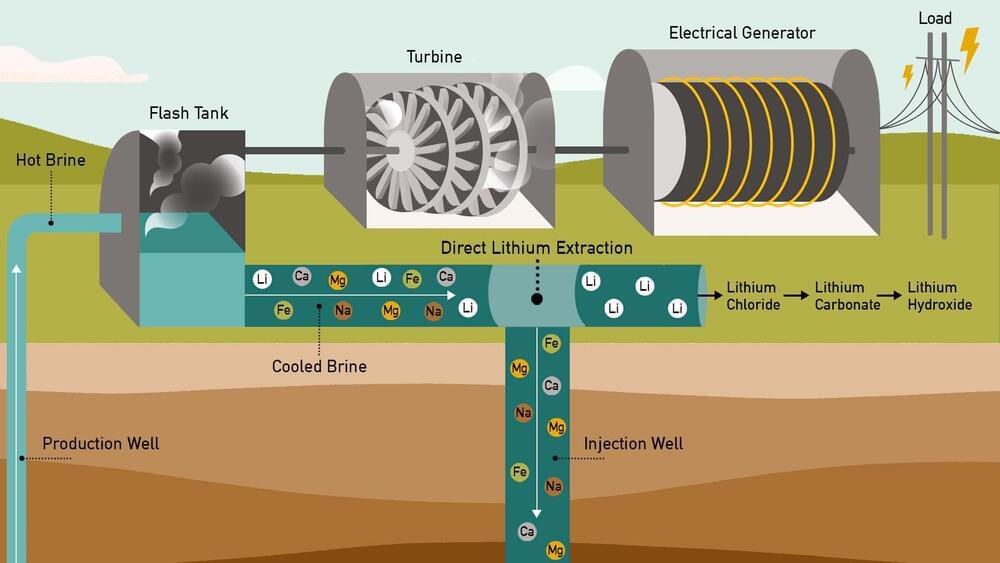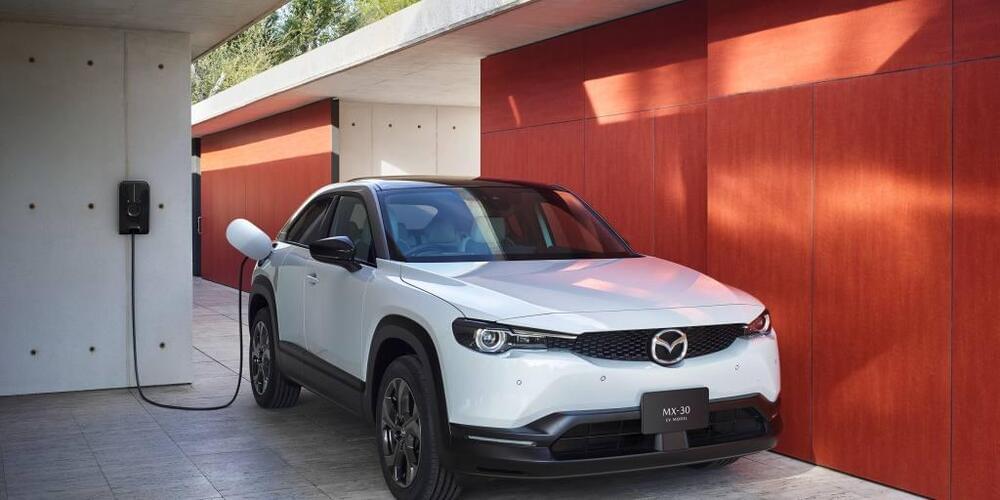Shortages of semiconductors messed up production of everything from cars to toys. Plans are in the works for more factories, but they’ll take years.


MS Tûranor PlanetSolar, also known as PlanetSolar and founded by Swiss explorer Raphael Domjan, is the world’s largest solar-powered boat, which was launched on March 31, 2010. Between 2010 and 2012, it became the first solar electric car to round the globe, taking 584 days.
Solar panels covering 537 m2 of the 31-meter boat, rated at 93 kW, connect to two electric motors, one in each hull. The ship’s two hulls contain 8.5 tons of lithium-ion batteries. Because of its shape, the boat can go at speeds of up to 10 knots (19 km/h). To establish its hydrodynamics and aerodynamics, the hull was model tested in wind tunnels and tank tested. After the record attempt, the boat was planned to be utilized as a luxury yacht.

Intel ((INTC) — Get Intel Corporation Report ) is the bearer of additional bad news.
The chip giant will give an extra blow to consumers and businesses concerned about the health of the economy. For several weeks in fact, consumers have seen their bills for groceries and other products increase. The price of gasoline at the pump has jumped when they go to fill up their car.
And the situation is not getting any better since inflation remains at its highest for forty years, which should push the Federal Reserve to be even more aggressive in raising rates. However, economists have already warned that this monetary policy would plunge the economy into recession.


A strain-sensing smart skin developed at Rice University that uses very small structures, carbon nanotubes, to monitor and detect damage in large structures is ready for prime time.
The ‘strain paint’ first revealed by Rice in 2012 uses the fluorescent properties of nanotubes to show when a surface has been deformed by stress.
Now developed as part of a non-contact optical monitoring system known as S4, the multilayered coating can be applied to large surfaces — bridges, buildings, ships and airplanes, for starters — where high strain poses an invisible threat.
A strain-sensing smart skin developed at Rice University that uses very small structures, carbon nanotubes, to monitor and detect damage in large structures is ready for prime time.
The “strain paint” first revealed by Rice in 2012 uses the fluorescent properties of nanotubes to show when a surface has been deformed by stress.
Now developed as part of a non-contact optical monitoring system known as S4, the multilayered coating can be applied to large surfaces—bridges, buildings, ships and airplanes, for starters—where high strain poses an invisible threat.

Berkeley Lab scientists assess the technology landscape for developing a domestic source of lithium.
If you had a jar of marbles of many different colors but wanted only the green ones, how could you efficiently pick them out? What if it wasn’t marbles but a jar of glitter, and there was sand, glue, and mud mixed in? That begins to describe the complexity of the brine pumped out from beneath California’s Salton Sea as part of geothermal energy production.
For geothermal fields around the world, produced geothermal brine has been simply injected back underground, but now it’s become clear that the brines produced at the Salton Sea geothermal field contain an immense amount of lithium, a critical resource need for low-carbon transportation and energy storage. Demand for lithium is skyrocketing, as it is an essential ingredient in lithium-ion batteries. Currently there is very little lithium production in the U.S. and most lithium is imported; however, that may change in the near future.
Researchers from the U.S. Department of Energy’s Lawrence Berkeley National Laboratory (Berkeley Lab) have recently published a comprehensive review of past and current technologies for extracting minerals from geothermal brine. The review, published in the journal Energies, discusses and evaluates a broad array of technologies used for extraction of lithium from brines. The review finds that geothermal brines in the Salton Sea region of California are expected to be a major domestic source of lithium in the future but that significant technical challenges need to be overcome.
Motors are everywhere in our day-to-day lives—from cars to washing machines. A futuristic scientific field is working on tiny motors that could power a network of nanomachines and replace some of the power sources we use in devices today.
In new research published recently in ACS Nano, researchers from the Cockrell School of Engineering at The University of Texas at Austin created the first ever solid-state optical nanomotor. All previous versions of these light-driven motors reside in a solution of some sort, which held back their potential for most real-world applications.
“Life started in the water and eventually moved on land,” said Yuebing Zheng, an associate professor in the Walker Department of Mechanical Engineering. “We’ve made these micro nanomotors that have always lived in solution work on land, in a solid state.”

Automaker to release its MX-30 SUV equipped with the iconic motor later this year.
TOKYO — Mazda Motor is planning to revive its iconic rotary engine in a plug-in hybrid car by the end of this year as it attempts to simultaneously please fans and cope with tougher environmental rules in its main markets, such as Europe.